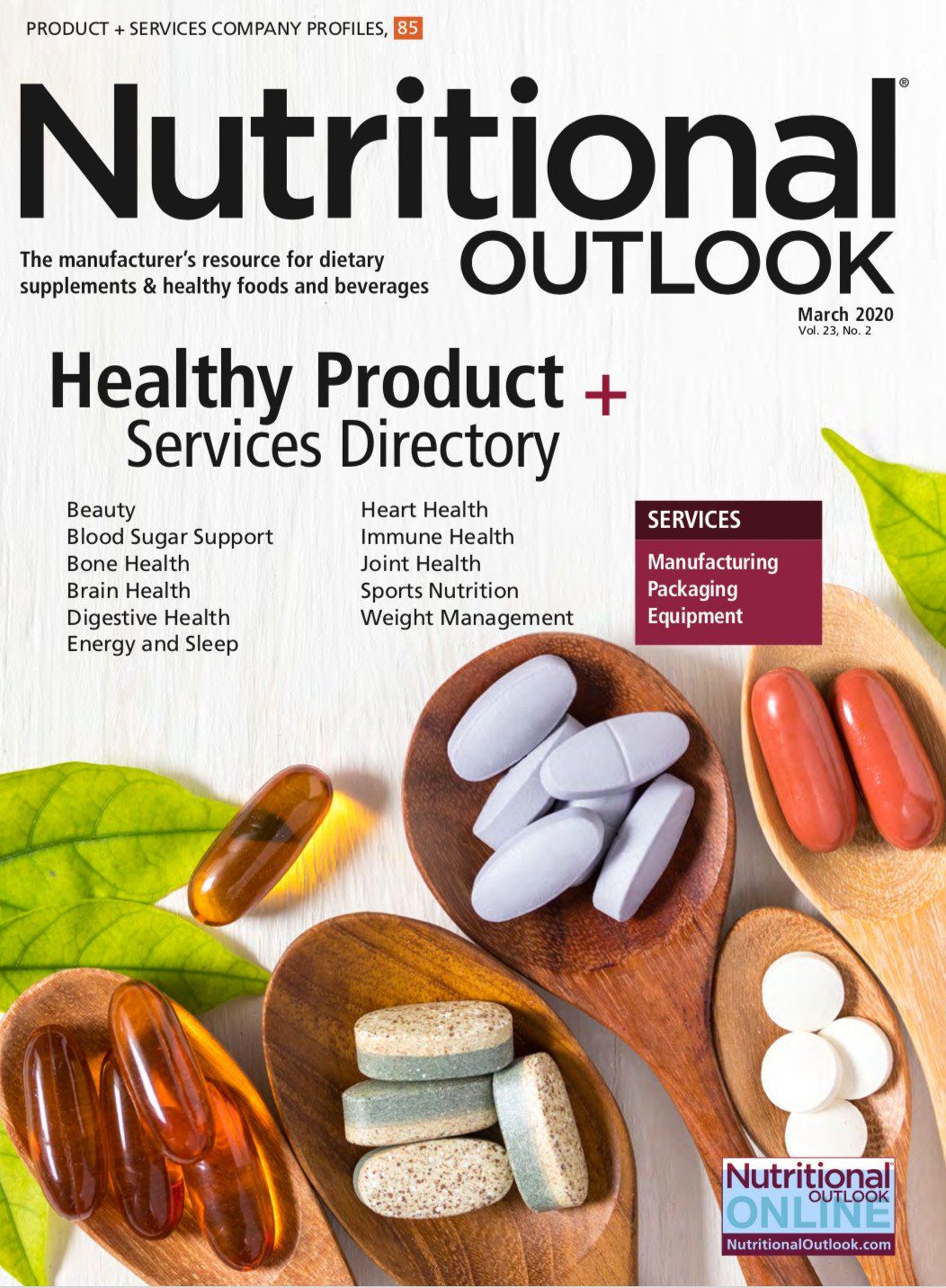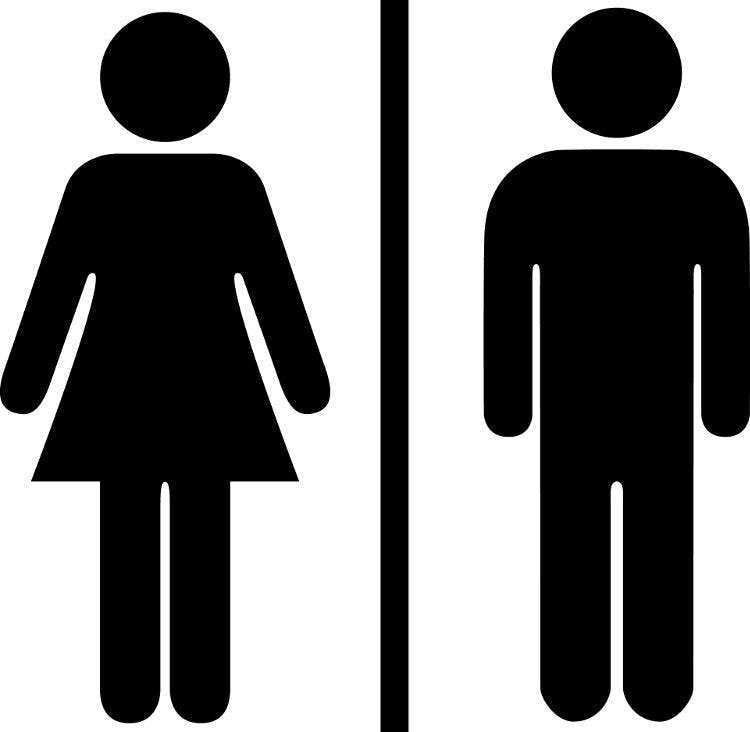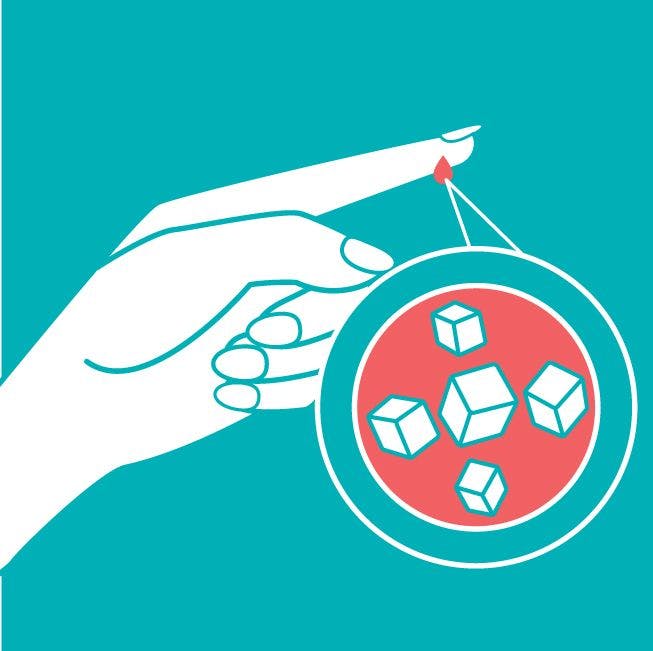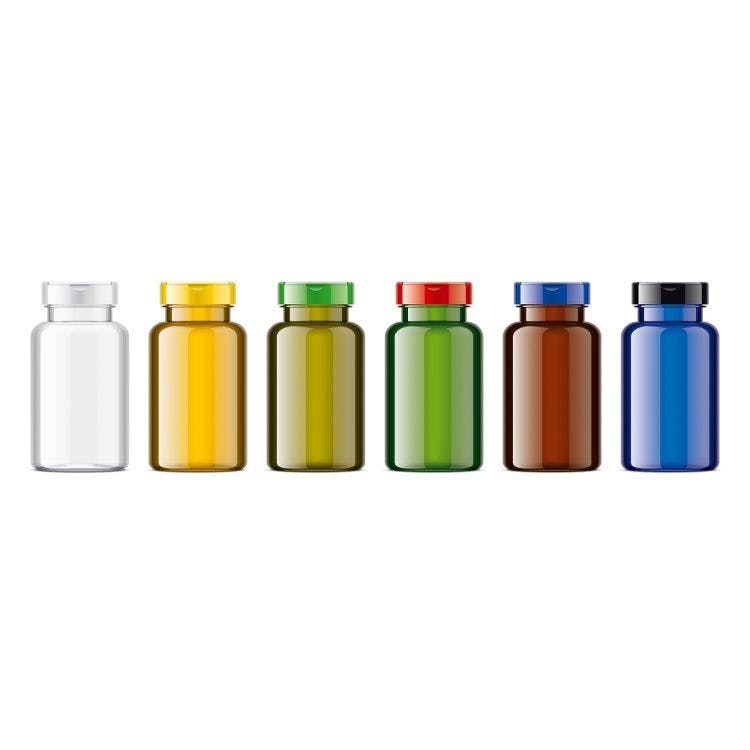Bone health should be a multi-ingredient, multi-consumer market
For bone health, broader-aged consumer focus, better marketing, and ingredient combinations should be the goal.
Photo credit © Goodluz - Stock.adobe.com

When Christine Rosenbloom, PhD, RD, co-author of Food & Fitness After 50, thinks about healthy aging, she thinks in terms of “functional fitness”-meaning that as we age, we’re capable of doing the things that are important to each of us. “I love to travel,” she says, “and I want to be able to lift my own suitcase into the overhead bin. I love my dogs, and I want to be able to pick up a 50-pound bag of dogfood.”
Not exactly the kinds of things you could do with fragile bones or weak muscles.
For Robert Kachko, ND, LAc, president of the American Association of Naturopathic Physicians, it’s about “graceful aging.” Not a big fan of the term anti-aging, viewing it as vilifying to aging, he believes the better way is to look at how we can age gracefully within the context of our environment.
Let’s face it: It’s hard to age gracefully when your bones are crumbling.
The Burden of Weak Bones, and Defying the Odds
The National Osteoporosis Foundation (NOF) calls osteoporosis “a major public health threat for an estimated 54 million Americans,” advising that “one in two women and up to one in four men over age 50 will break a bone due to osteoporosis in their lifetime.”
“The way I look at most chronic conditions is they come about through some combination of genetic influence and environmental exposure,” comments Kachko. With regard to bone mineralization, he advises that genetic influence accounts for about 60% versus 40% reliance on lifestyle factors. He views this as a positive opportunity to “pull the levers on healthy diet, exercise, sleep, and other environmental components” in order to potentially change your odds of keeping your bones healthy later in life. “If we do the right things, we can turn on the good genes or turn off the bad genes.”
He adds, “Weight-bearing exercise is the most important external influence on reducing the lifetime risk of osteoporosis. We can absorb all the calcium we want, but the effect of taking a calcium supplement is lost unless we are also engaging in a combination of muscular strain and aerobic activity.”
Beyond Calcium and Vitamin D
The 2019 Council for Responsible Nutrition (CRN; Washington, DC) Consumer Survey on Dietary Supplements reveals that one-quarter (24%) of U.S. adult supplement users take supplements for healthy aging, with only slightly less (22%) seeking supplements for bone health. Despite some controversy in recent years that questioned calcium supplements’ safety, the mineral most associated with good bone health has maintained its shine, with 26% of supplement users taking calcium. Calcium makes CRN’s list of most popular supplements among U.S. adults, tied for fifth place (20% of users taking it), while vitamin D ranks second (at 31%).
But that’s not all-or shouldn’t be all-Rosenbloom says. “It’s for good reason that we all think of calcium and vitamin D for bone health, but we do a disservice when that’s all we think about,” Rosenbloom says. “You don’t want to look at just one supplement; you want to look at all of them. For example, vitamin C is an important co-factor for our bodies to produce collagen, and potassium is important to buffer the acidity in our bodies. The higher the acidity, the more likely it is that calcium will be leeched from the bones. Magnesium effects parathyroid secretion, and if your parathyroid levels are too high or too low, the hormone imbalance can affect bone health. “
Luke Huber, ND, MBA, vice president, scientific and regulatory affairs, Council for Responsible Nutrition, says, “Emerging research suggests vitamin K2 may support bone health. Vitamin K2 promotes carboxylation of osteocalcin, allowing this bone protein to bind to bone minerals, thereby strengthening bone.”
Minerals like calcium and magnesium, and nutrients like vitamin D and vitamin K2 menaquinone-7, that specifically either increase bone mineralization or help nutrient absorption or direct their nutrient partners to the right place in your body, are vital for virtually everyone.
Then you need to look at your individual risks. How do you keep your body healthy to keep your bones healthy? For example, Kachko says if your thyroid is not working optimally, if you’re hypothyroid, that could negatively impact bone strength, and you’d want to look to the benefits of selenium, vitamin A, iodine, tyrosine, zinc. Turmeric, although not a classic bone supplement, can be helpful to bring down high levels of inflammation.
When we think of the bones, Kachko opines, “We’re used to thinking of them as the inert part of our body that doesn’t change, but that’s not true. If our body is healthy, our bones are more likely to be healthy.”
An Age-Old Dilemma
Huber advises that people “make sure they’re getting adequate levels of calcium and vitamin D throughout their lives to support bone health as they age.”
It’s smart advice, but still represents a disconnect for younger adults.
CRN’s survey confirms the dilemma that the supplement industry has been concerned about for quite some time-customer demographics skewing older.
Only 15% of supplement users ages 18-34 take dietary supplements for bone health, and the 35-54 age category isn’t doing much better at 20%. That percentage rises to 28% in the 55+ category, but is that too late?
“People have a lot of trouble engaging in practices 20-30 years in advance of developing a condition,” Kachko observes.
Rosenbloom warns, “We’re not doing a very good job encouraging younger people to think about developing strong bones as a preventive measure. Once you get osteoporosis, there aren’t great treatment options.”
She explains, “Peak bone mass occurs up to the age of 30 and after that, we’re not going to build a lot of new bone; instead it’s about how we can mitigate losses. The more bone mass you have early on, the better off you’ll be.”
For women, bone mass plateaus in their 40s; rapid bone loss occurs in the first five years after menopause, which usually begins in the early 50s. “By the time you get a bone density test, you might already have osteopenia,” Rosenbloom says.
“Osteoporosis is a silent health disease because most people don’t feel anything until they have a fracture or a fall,” declares Rosenbloom. Unlike joint pain from arthritis or shortness of breath signaling heart disease, you’re probably not going to feel the effects of low bone mass-but the long-term ramifications can be just as debilitating.
Meeting Evolving Needs
Both Kachko and Rosenbloom are encouraged by the interest from the scientific community and the potential beneficial impact that vitamin K2 (menaquinone-7) may have on bone health.
While Huber is aware that some manufacturers are starting to put that vitamin form into their multivitamins, he’s also found an increase in combination formulas specifically for bone health. “These products may contain a core formulation including calcium, vitamin D, and vitamin K2, but other ingredients, such as magnesium, may also be included.”
Huber has also noticed ways that companies are paying attention to evolving customer needs. With consumers weary from pill fatigue, he states, “We’re seeing companies increasingly use novel and alternative delivery forms such as gummies or chewables, enabling people to get adequate levels of nutrients that are beneficial to bone health without having to swallow too many large pills.”
Holly E. Johnson, PhD, chief science officer, American Herbal Products Association (AHPA; Silver Spring, MD), is keen to have people think about food as medicine. “What I’m seeing in the supplements marketplace is companies increasingly sourcing minerals from plants,” she says.
She asserts: “All kinds of plants contain a variety of vitamins and minerals important to maintaining healthy bone. For example, flax, almonds, sunflower seeds, and asparagus are all good sources of silica, as is horsetail, a popular herb for promoting strong bones, nails, and hair.”
“Calcium is traditionally thought of as found in dairy products,” Johnson continues, “but many plants are also good sources for calcium, including leafy greens, beans, as well as commonly used herbs like nettle leaf, which is rich in constituents important in bone health.”
Both Kachko and Rosenbloom subscribe to a food-first approach, but both see a role for supplements.
“As a dietitian,” says Rosenbloom, “I always want people to take a food-first approach, and that sounds good, but in the real world, we know they’re not always getting the kinds of nutrients needed for good health.” She advises supplements can help, but people need to understand the overall picture and supplement wisely.

Prinova acquires Aplinova to further increase its footprint in Latin America
April 7th 2025Prinova has recently announced the acquisition of Brazilian ingredients distributor Aplinova, which is a provider of specialty ingredients for a range of market segments that include food, beverage, supplements, and personal care.

























